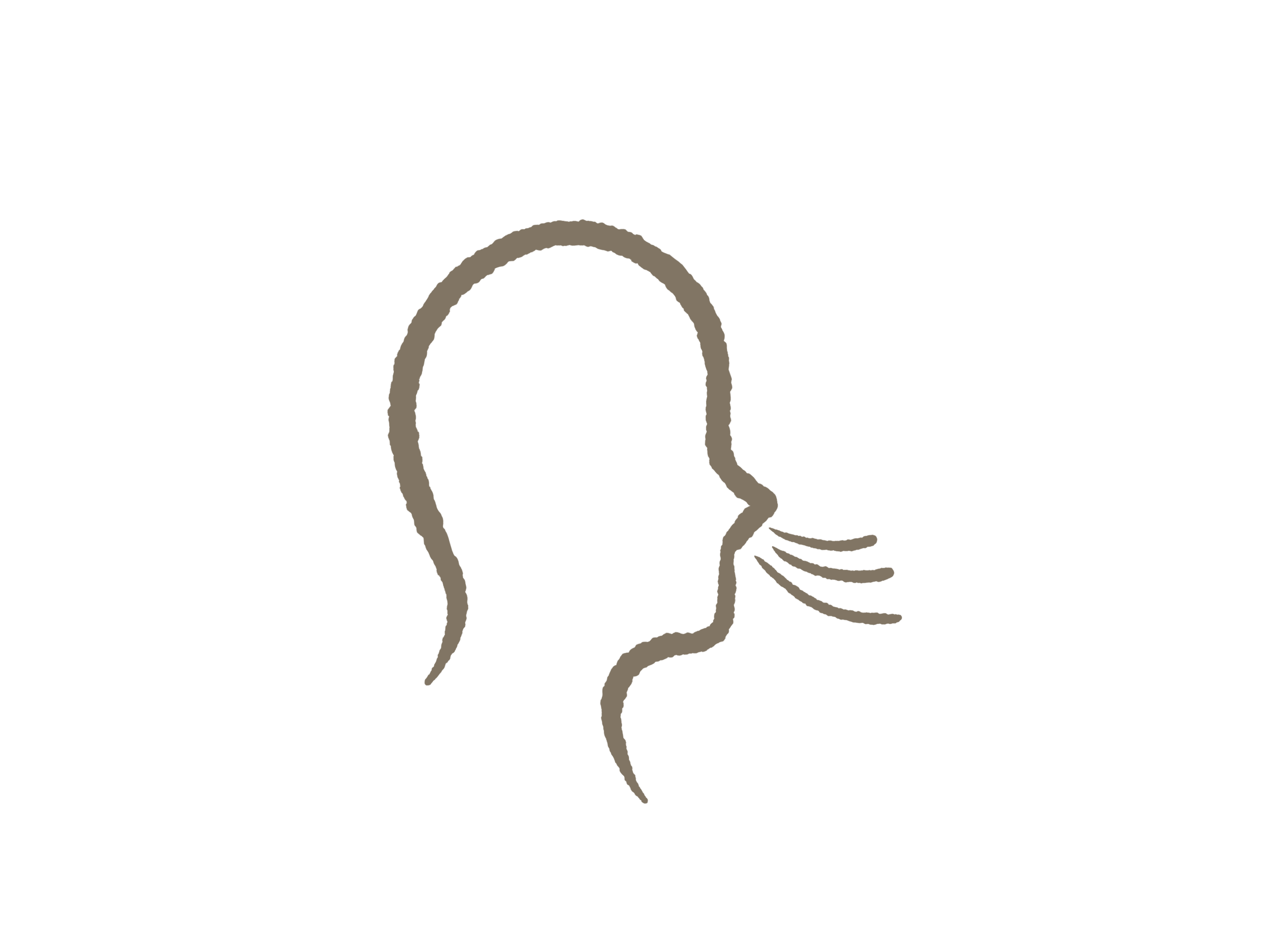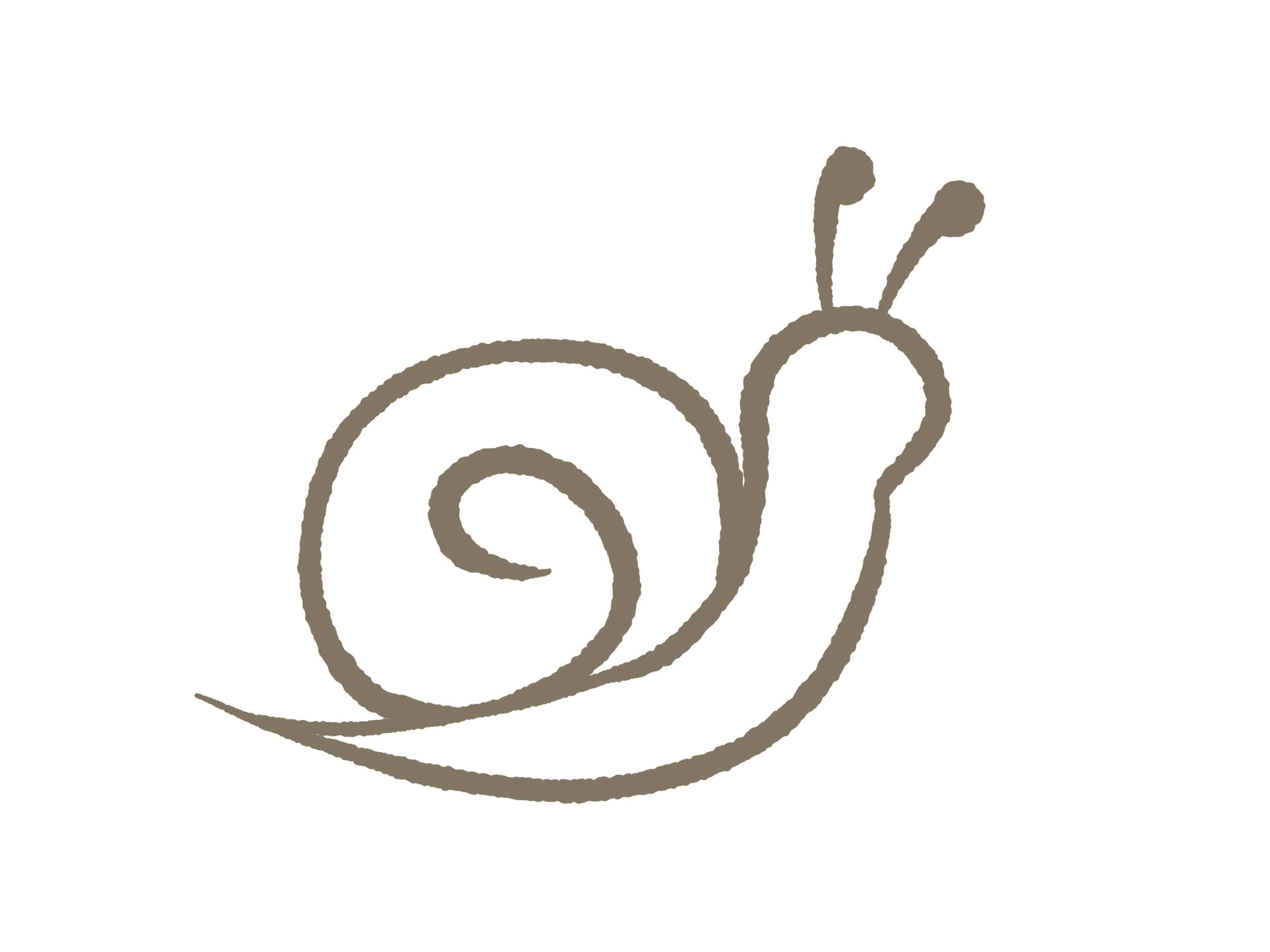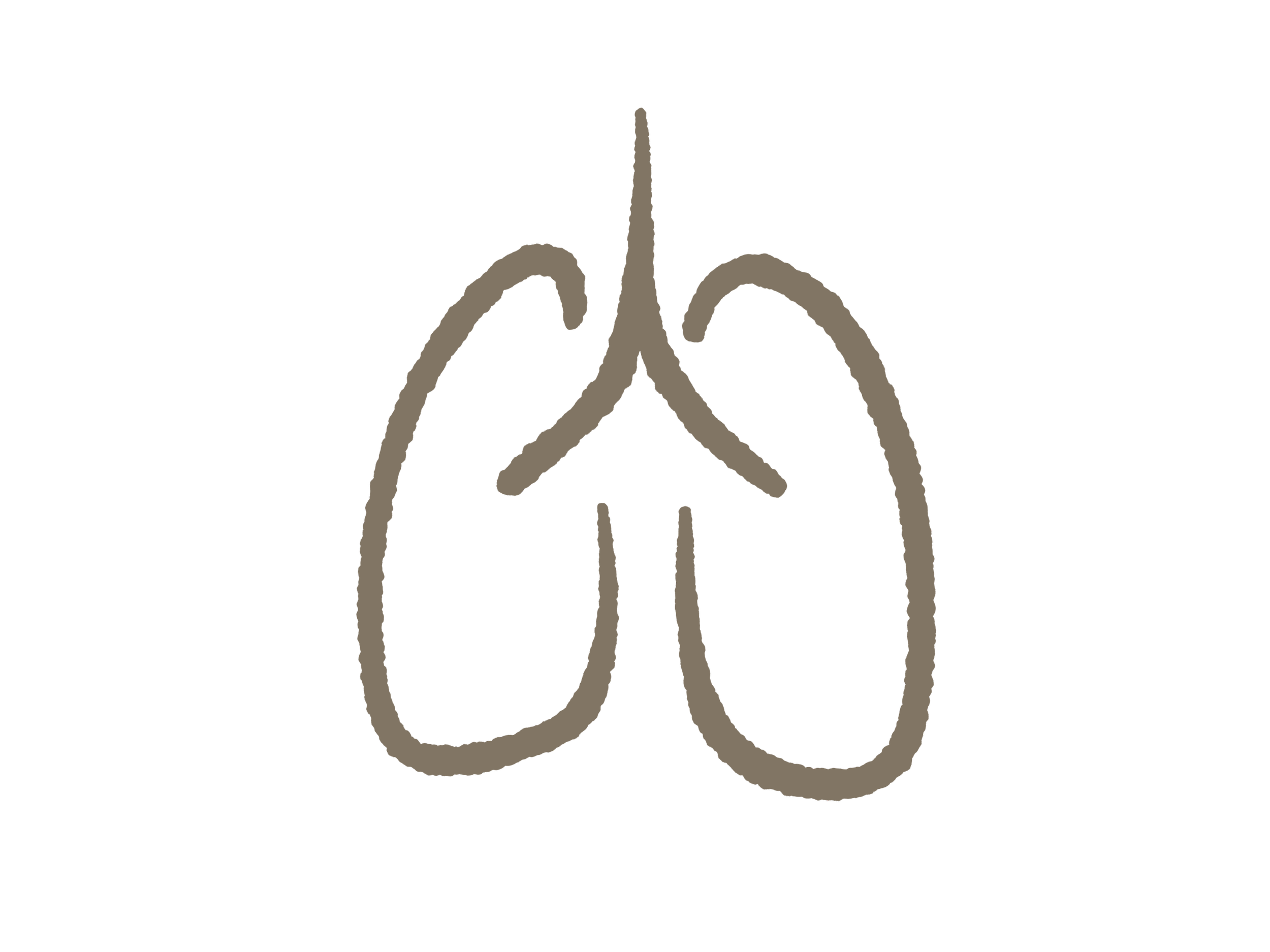Healthy Breathing
Medical Disclaimer
By continuing to read this site, you also accept our disclaimer.
You can find it at the link below.
How can breathing affect my health?
Did you know that your breath can have a broad impact on your health, either positively or negatively? If breathing is not functional, it gradually starts affecting our physical and mental well-being. Breathing is also linked to the quality of our sleep.
Through healthy breathing, you become the master of yourself, potentially reducing the need for external assistance in maintaining your health. You can influence various aspects of your well-being, such as calming your nervous system, managing anxiety and fear, controlling panic disorders, regulating blood pressure, managing stress and pain, impacting musculoskeletal systems, alleviating symptoms of exercise-induced asthma, and many other factors important to you, enhancing your quality of life.
Breath control also increases your physical endurance and improves mental performance.
When you were born into this world, your first task was to start breathing. Ancient wisdom and sages have long known about the effects of breathing, but in today's society, we seem to have forgotten it.
You can immediately experience the benefits of healthy breathing. Test it for yourself with a short exercise: Close your eyes and take six light, silent, slow, and deep breaths over the next minute. If possible, maintain a rhythm of inhaling for four seconds and exhaling for six.
How do you feel after a minute? Did your mouth become moist, and your hands warm? If so, with just a minute of practice, you activated your body's parasympathetic nervous system, entering a state of peace and relaxation. Consider this thought: 'When you change your breathing, you gradually change your entire life.' Does it feel like there might be some truth to that statement?
Learning healthy breathing is very easy. It requires some practice, much like driving a car. With practice, healthy breathing will soon become your new normal. What's even better is that, as you practice, you'll immediately experience the first positive effects of healthy breathing. In the first few weeks, you'll also notice the benefits in your movement, sleep, and many other aspects of your daily life. Please note that your breathing may already be exemplary and completely healthy, so you may not need to do anything. Whether you're an athlete, healthy, or young doesn't necessarily indicate the quality of your breathing. You can test your basic breathing level, for example, by doing a simple 'Bolt test' found on Oxygen Advantage's website. If you are sensitive to even a slight air shortage, be careful when performing the test.
In our work, we have undergone training and fully utilize Oxygen Advantage's decades of models, processes, experience, network, work, and research. You can learn more about the topic at www.oxygenadvantage.com. Additionally, we recommend exploring the Buteyko Method at https://buteykoclinic.com/.
However, each person is an individual and a whole. We always consider this, tailoring to individual needs so that the environment and situation are perceived as comfortable and safe during training.
From what factors does healthy breathing consist?
The problem we are addressing can be summarized as follows: most of us modern humans breathe too much air compared to our metabolic needs. This is called hyperventilation. There are many reasons for this - unconscious stress is likely a significant factor, but there are likely many other reasons.
Healthy breathing essentially consists of five different parts or ways. Actually, healthy breathing just "is," but to make it easier to incorporate into everyday life, these five parts provide a good starting point
Below these five parts are briefly explained.
1. Conscious Breathing
First, one must become aware of their own breathing. This is actually the most crucial aspect. Understanding what healthy breathing is like and the health and quality of life benefits it can offer is important.
As we go about our daily lives, periodically bringing our awareness to our own breathing and observing it can lead to changes in our breath supported by consciousness, somewhat subconsciously. Of course, some practice is needed in the beginning, but just like learning to ride a bike, we practice at first, and then it becomes somewhat subconscio
2. Breathing through nose
Secondly, it is crucial to recognize the benefits of breathing through the nose.
In short, the mouth is for speaking and eating, while the nose is for breathing. Our nose is an incredibly sophisticated part of our body with various functions. Did you know that it even helps you choose a suitable life partner?
Breathing through the nose has been scientifically proven to be about 22% more efficient, acting as a highly effective air filter that removes around 20 billion foreign particles from the air we breathe every day.
Furthermore, nasal breathing leads to approximately 10-20% better blood oxygenation and reduces the risk of respiratory disturbances during sleep. Symptoms of exercise-induced asthma can also be alleviated through nasal breathing.
If your nose is congested, in many cases, it opens up by using it, that is, by breathing through it. If it doesn't open up, there are other natural remedies available, including breathing exercises.
The following paragraphs will present light, slow, and deep breathing separately. They are very close to each other, but distinguishing them at this stage aims to assist you as you develop your breathing towards a healthier direction.
3. Light Breathing
Light breathing literally means that we breathe through the nose lightly, and the breath is quiet, even silent. By breathing lightly, we can also influence the volume of air in one breath. Light breathing normalizes the biochemistry of our breathing.
When practicing light breathing, the goal is to subtly reduce the volume of air in one breath, creating a sensation of 'air hunger' where we feel like we need a bit more air. This slightly increases our blood carbon dioxide levels, and more nitric oxide begins to form in our nose. Our blood vessels start to open, and the hemoglobin in red blood cells releases more oxygen into the body - we also get more oxygen to our brains. Nitric oxide assists our immune defense with its antibacterial, antiviral, and antimicrobial properties. It can also induce apoptosis, leading to the death of cancer cells. You can explore the topic further [here](source link).
Nitric oxide, with its blood circulation-boosting power, is used in heart medications (Nitro) and erectile dysfunction medication (Viagra). Additionally, it has been used in the treatment of COVID-19 patients with promising results.
4. Slow Breathing
Slow breathing mainly means that we breathe fewer times in a unit of time, for example, per minute. However, while reducing our breathing rate, it's essential not to compensate for fewer breaths by increasing the volume of air in one breath. This way, the total air volume breathed per unit of time, per minute, decreases.
Slow breathing has psychophysiological health effects, especially extending the exhale. By extending the exhale, the entire volume of breath is utilized more effectively, making breathing more efficient and transferring more air to the lung alveoli. Slow breathing develops heart rate variability (HRV), sensitivity in the regulation mechanism of the heart and blood vessels (Baroreflex). Slow breathing also maintains the balance between the parasympathetic and sympathetic nervous systems.
Slower breathing also helps us develop the regularity of our breathing rhythm. The optimal breathing rhythm is 4 seconds in and 6 seconds out, resulting in breathing approximately 6 times per minute. If this doesn't feel suitable, it's generally good if the duration of the exhale is about 1.5 times that of the inhale.
Slow breathing helps us connect with our mind and consciousness. As the baseline of breathing improves, the breathing rate automatically decreases. Gradually, we begin to introduce pauses between exhaling and inhaling. As these pauses increase, we start to feel deeper states of peace, the flow state, in our lives. The flow state is recognized as one of the most performant states for humans. In this state, the inner voice quiets down, and new things start to flow into our lives, allowing them.
5. Deep Breathing
Deep breathing means efficiently using our diaphragm in our breath, breathing deeply. In addition to the diaphragm, the intercostal muscles between the ribs also work effectively when breathing deeply.
When we consistently breathe deeply, we strengthen our diaphragm. Simultaneously, the biomechanics in that area develop, reinforcing our musculoskeletal system and supporting the spine. Our physical performance improves as the diaphragm strengthens, leading to less fatigue, for example, in sports activities. In an intense sports performance, if our legs start to tire, it could be a sign that our body directs energy to the fatiguing diaphragm, which is a crucial muscle for its function.
Try breathing deeply with your mouth open, perhaps with your chin close to your chest. You'll easily notice that breathing through the mouth is not very effective. By breathing deeply, you automatically transition to healthy nasal breathing.
All together: Conscious, Nose, Light, Slow, and Deep Breathing
You can now start testing how to make all of these work together.
Breathe calmly through your nose, feel the air in your nostrils, and breathe lightly for, let's say, 5 minutes, slightly reducing the volume of each breath, decreasing the number of breaths to around 4-6 cycles per minute. Feel the movement of your diaphragm, perhaps by placing your hands on the sides of your lower ribs.
If you manage to do everything correctly, you'll immediately notice a sense of calm, and your mind may start to clarify. If something is weighing on your mind, it might shift aside, assuming your thoughts stay connected to your breath. However, if your mind does wander, there's no need to worry. It's entirely normal. But now, you've noticed it and become aware of the movement of your thoughts. You've taken the first step toward mastering your mind.
Richard Järvinen
Oxygen Advantage Certified Advanced Instructor
Currently on offer:
"Basics of Healthy Breathing" - personalized individual coaching tailored just for you.
Explore the content and order the coaching from the link below.









